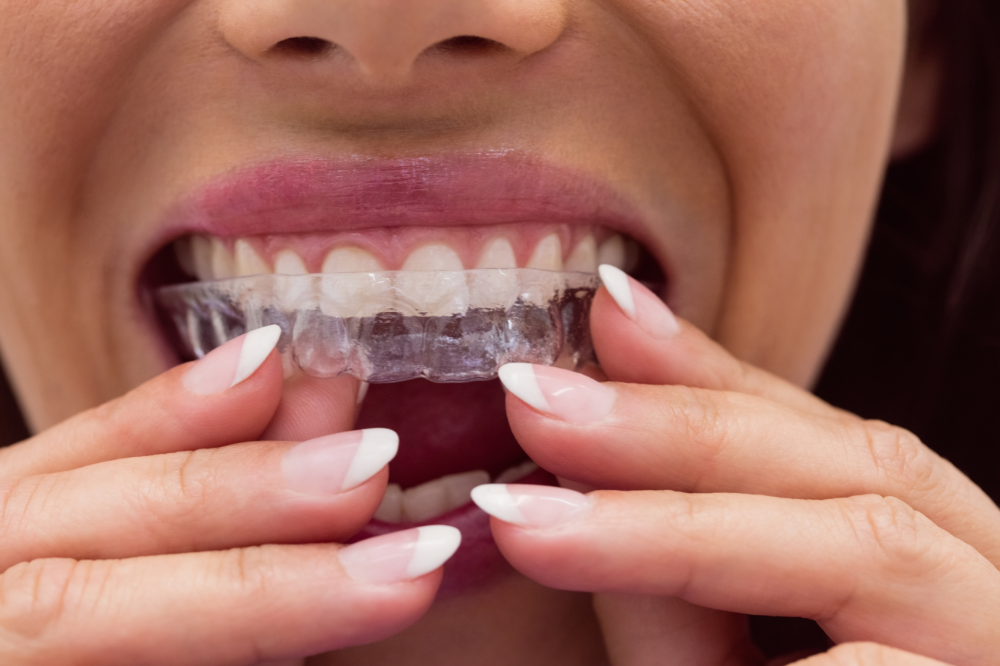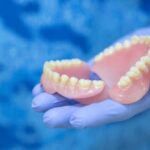Invisalign is a popular way to straighten teeth without using traditional metal braces. These clear, plastic aligners are custom-made to fit over your teeth and gradually move them into the correct position.
While Invisalign near you in Airdrie is known for being more comfortable than braces, some people still experience pain or discomfort. This article will help you understand why this happens and how you can manage it, offering tips for minimizing discomfort along the way.
Understanding Invisalign Pain
The Primary Cause of Pain
When you wear Invisalign aligners, they gently push your teeth into a new position. This pressure is what makes your teeth move. However, your teeth and gums can be sensitive to this pressure, especially when you first start wearing a new set of aligners.
Different Types of Pain
- Pressure: Invisalign pressure pain is caused by the aligners pushing your teeth into their new positions. It can make your teeth feel tight and achy.
- Soreness: You might feel painful gums and sore teeth after Invisalign because they are adjusting to the aligners.
- Sensitivity: Some people experience increased teeth sensitivity after Invisalign to hot or cold foods and drinks when wearing aligners.
Timeframe for Pain
The pain or discomfort usually happens at specific times during your Invisalign treatment:
- Initial Stages: When you first start wearing Invisalign, your mouth needs time to get used to having the aligners in all the time.
- New Aligner Changes: Every time you switch to a new set of aligners, your teeth have to get used to a new pressure. It can cause temporary pain.
Managing Invisalign Discomfort
Practical Solutions for Pain Management
- Using Orthodontic Wax: If the edges of your aligners are irritating your gums, you can use orthodontic wax. This special wax can be placed on the sharp edges to make them smoother and more comfortable.
- Choosing Soft Foods: During the first few days of wearing new aligners, stick to soft foods like yogurt, mashed potatoes, and smoothies. Avoid hard or crunchy foods that can make your teeth hurt more.
- Applying Cold Compresses: A cold compress can help reduce swelling and numb the pain. Wrap some ice in a cloth and hold it against your cheek for 10-15 minutes. Never put ice directly on your skin.
- Using Over-the-Counter Pain Medication: Taking an over-the-counter pain reliever, like ibuprofen or acetaminophen, can help relieve Invisalign pain. Always follow the instructions on the package, and ask your parents or guardians before taking any medication.
- Switching New Aligners Before Bed: Put in your new set of aligners before going to bed. This way, you can sleep through the initial hours of adjustment when the pain is usually the worst.
Additional Solutions
- Warm Salt Water Rinses: Gargling with warm salt water can help soothe sore gums.
- Avoiding Certain Foods: Stay away from very hot or cold foods and drinks if you experience sensitivity.
Additional Tips for Minimizing Pain
1) Proper Aligner Fit
Make sure your aligners fit properly. If they don’t, they can cause extra pain. Using chewies—small, chewable tools—can help ensure your aligners are seated correctly on your teeth.
2) Wear Aligners as Instructed
It might be tempting to take your aligners out to relieve the pain, but this can actually make things worse. Your teeth need consistent pressure to move correctly, so it’s important to wear your aligners for the recommended 20–22 hours per day.
3) Start New Aligners Before Bed
Switching to a new set of aligners before bed can gradually allow your teeth to adjust while you sleep, making the initial pain less noticeable.
4) Regular Checkups
Regular checkups with your orthodontist are essential. They can monitor your progress, make sure everything is going well, and address any concerns you might have about pain or discomfort.
Final Words
Invisalign is a great way to achieve a beautiful smile without the hassle of metal braces. While it can cause some discomfort, this pain is usually temporary and manageable. By understanding why the pain happens and following these tips, you can make your Invisalign journey as smooth and comfortable as possible.
Remember, it’s always important to talk to your dentist in Airdrie if you have any concerns or questions about your treatment. At Kings Pointe Dental Centre, we encourage open communication to help you get personalized dental guidance and ensure your treatment is successful. Happy smiling!






